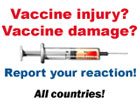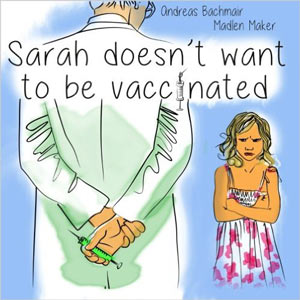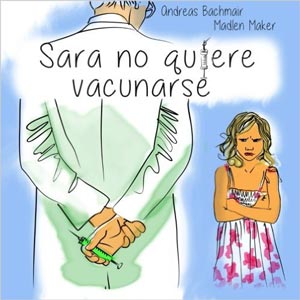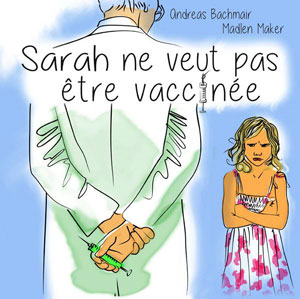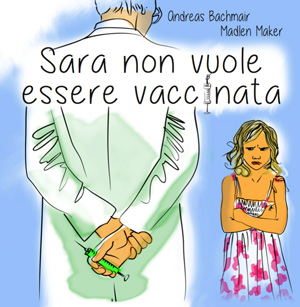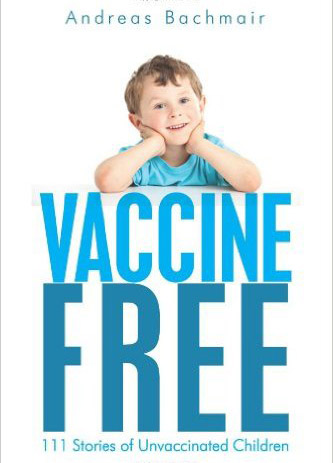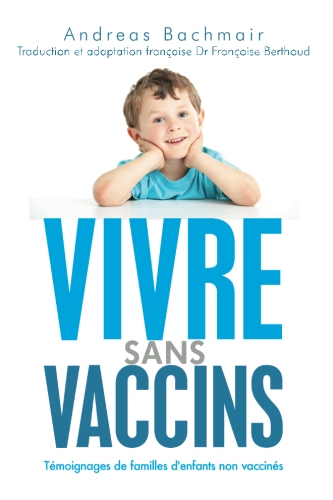Rotavirus vaccination
Vaccine
As early as 1998 a rotavirus vaccine was approved in the
In 2006 two new rotavirus vaccines hit the market:
Rotarix®:
Rotarix contains an attenuated human rotavirus strain which stemmed from a child in the
Dosage (package insert): The vaccine series consists of two dosages; dosage as of an age of 6 weeks. There should be a time period of 4 weeks between the individual dosages must be adhered to. The vaccination series is preferably to be administered before the age of 16 weeks but at any rate must be completed by the age of 24 weeks.
Composition of Rotarix (Glaxo-Smith-Kline): After reconstitution 1 dosage (1 ml) contains: Human rotavirus, RIX4414-strain, live attenuated minimum 106.0 ZKID50. Manufactured in Vero-cells. Other compounds: powder: sucrose, dextran, sorbitol, amino-acids, Dulbecco`s modified Eagle-Medium (DMEM), solution: calcium carbonate, xanthan-rubber, sterile water.
Rotateq®:
The vaccine, which was approved in the
The genetically engineered virus does not proliferate as well in the intestines as the competition’s product and must therefore be administered in a higher dosage. The vaccine is also administered orally. Vaccines can be administered as of the fifth week, it must be administered in three dosages in intervals of at least 4 weeks.
Immunity
The vaccination only protects against gastrointestinal infections which are triggered by rotaviruses. Other diarrhea infections (which are caused by other pathogens than rotaviruses) can continue to appear in vaccinated children.
The effect of the rotavirus vaccine is supposed to be 80 to 95%.
Counter indications: Invagination in the anamnesis: patients who are born with a malformation of the gastrointestinal tract and are predisposed towards invagination. Infants who are known or supposed to have a weakened immune system. When the patient is ill and has diarrhea or vomiting.
Side effects, vaccination complications and damages of the rotavirus vaccination in babies and children
Side effects of the vaccine Rotarix (www.gelbe-liste.de):
Infections and parasitic diseases: Rare: Infections of the upper respiratory tract.
Psychiatric diseases: Very often: Irritability. Sporadic: Screaming, insomnia
Diseases of the nervous system: Sporadic: Somnolence.
Diseases of the respiratory tract and chest and mediastinum: Rare: Hoarseness, cold. Affections of the gastrointestinal tract: Very frequent: Loss of appetite. Frequent: diarrhoea, vomiting, flatulence, stomach pain, burping. Sporadically: constipation. Diseases of the skin and connective tissue: Rare: Dermatitis, skin rash. Skeletal muscle, connective tissue and bone diseases: Rare: Muscle spasms. General afflictions and pain at the site of injection: Frequent: Fever, fatigue.
Key for package insert:
Frequent = more than 10 %
Sporadic = 1-10%
Rare = less than 1%
Very rare = 0.1%
Individual cases = individually reported cases
When Rotateq was administered, 20.9% of the infants developed a fever, 17.6% had diarrhoea and 10.1% vomiting.(product information for doctors,
A serious side effect that Merck, the manufacturer of Rotateq in the
According to the trials with which GlaxoSmithKline has applied for approval for Rotarix in the
A trial reported on in the New England Journal of Medicine (2010; 362: 314-319) describes three infants who came down with severe diarrhea and dehydration after the first or second dose of the vaccine RotaTeq®. As a result of the analysis of the virus gene a wild type infection with rotaviruses was excluded. The infants suffered from congenital severe combined low immunity (SCID) which is actually a counter indication for a live vaccination. SCID diseases are typically diagnosed at a later stage when a vaccination has already been performed. Whether patients with other immune weaknesses are also endangered is not known.


